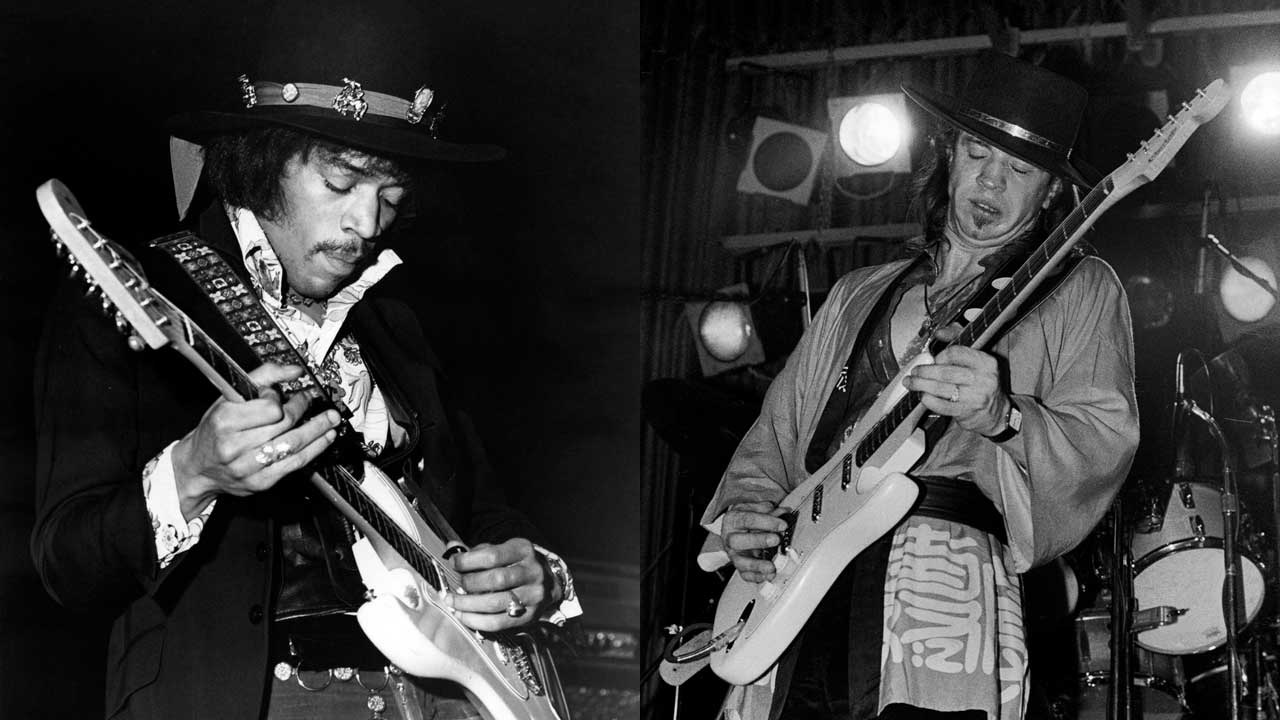In 1966, an unknown New York sideman with R&B duo The Icemen started embellishing a song called (My Girl) She’s A Fox with some ear-pricking guitar shapes.
Jimi Hendrix – for it was he – already had the seeds of Little Wing. But he was not about to rush it. Something about the studious way the guitarist constructed Little Wing – first the piano-style voicings, his thumb fretting the bass strings; then a lyric personifying the vibe of the Monterey Pop Festival; finally, the intricate version recorded at London’s Olympic Studios, using toys that included a glockenspiel and DIY Leslie speaker – suggested that Hendrix already knew this song would be a strand of his legacy, to be handed down from guitar god to guitar god.
And so it proved. Just as Axis: Bold As Love was the closest thing Hendrix had to an overlooked album in his lifetime, so Little Wing occupies a lower orbit of fame than the Foxy Ladies and Voodoo Childs. But to those who knew – and perhaps because of its relative low-profile and lack of a prescribed guitar hook – this gossamer ballad also offered the greatest interpretative breathing space.
Eric Clapton, with Derek And The Dominos, got there first, in 1970, but it seemed inevitable that Little Wing would eventually fall to Stevie Ray Vaughan. The Dallas-born bluesman had come up poring over Hendrix’s catalogue as he learned his trade, jamming on Third Stone From The Sun live, and delivering originals that owed a naked debt to the Hendrix ballad (try Lenny, from SRV’s 1983 debut album Texas Flood).
Sure enough, within a year Vaughan would swim further upstream to record what was technically a cover version of Little Wing, but not in the dead-eyed sense of the word. “I’m trying to expand on [Hendrix’s] stuff,” he told Guitar World in 1984. “Not that I can expand on it a whole bunch. But I try.”
Vaughan was surely one of only a handful of guitarists with the chops and invention to tackle Little Wing as an instrumental, stripping the production to first principles and letting a piece that originally lasted just over two minutes to sprawl to almost seven.
But SRV’s Little Wing expanded and magnified what had made the original so magical, letting the guitar work roam to the outer reaches, whether that was the slinkier, jazzier stylings of the second minute, the raucous uprising of the third, or the shivering hammer-on that wraps it up.
He also correctly inferred the reality that nobody listened to Little Wing for the words: the lack of a human voice doesn’t detract anything. Perhaps SRV didn’t think much of his Little Wing. The Texan recorded his take in 1984, but it didn’t surface until 1991’s posthumous The Sky Is Crying album, and who knows if he’d have signed off on it even then? And yet, in his hands, this Grammy-winning rendition felt definitive, the highest the song ever flew.

